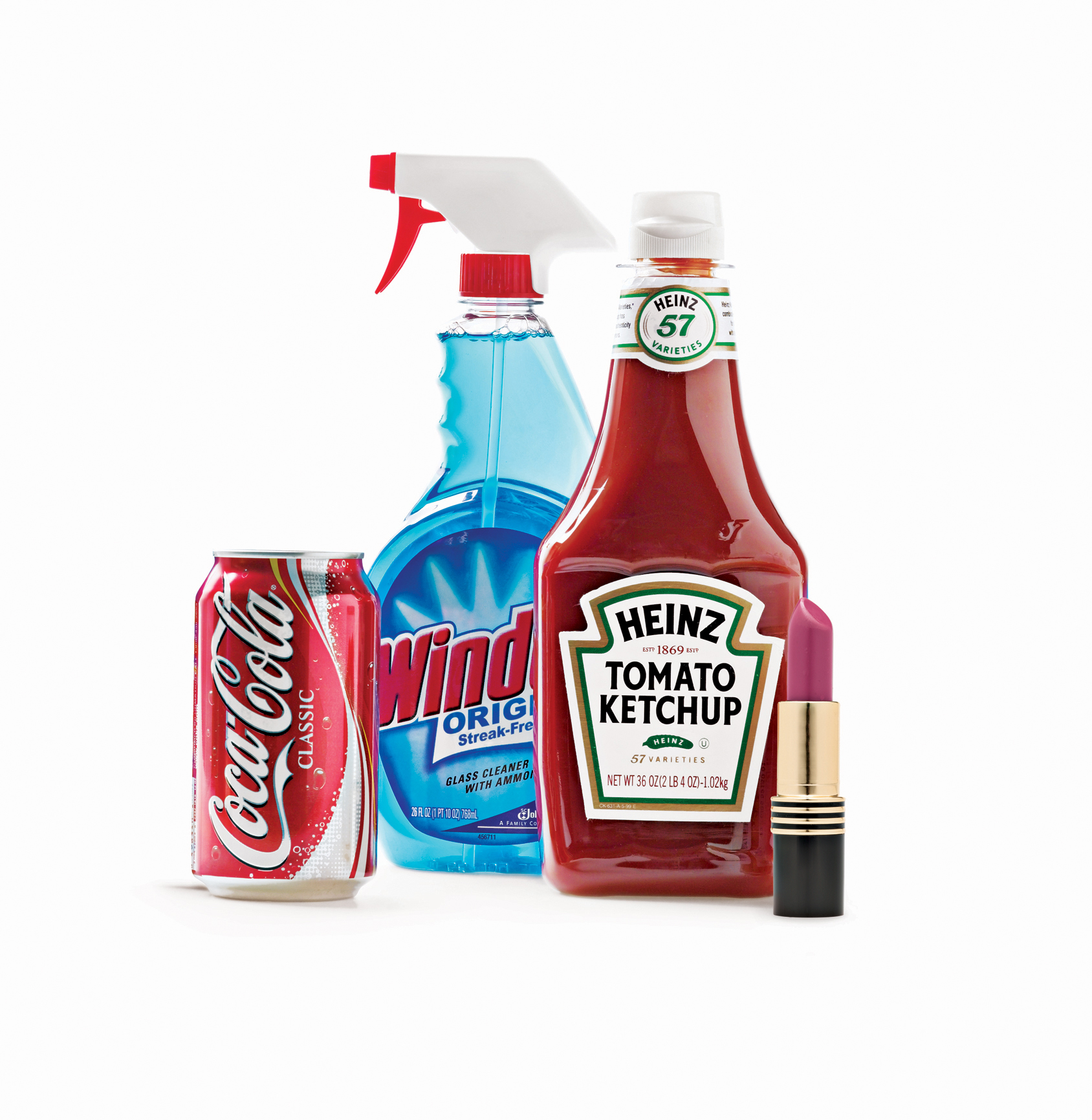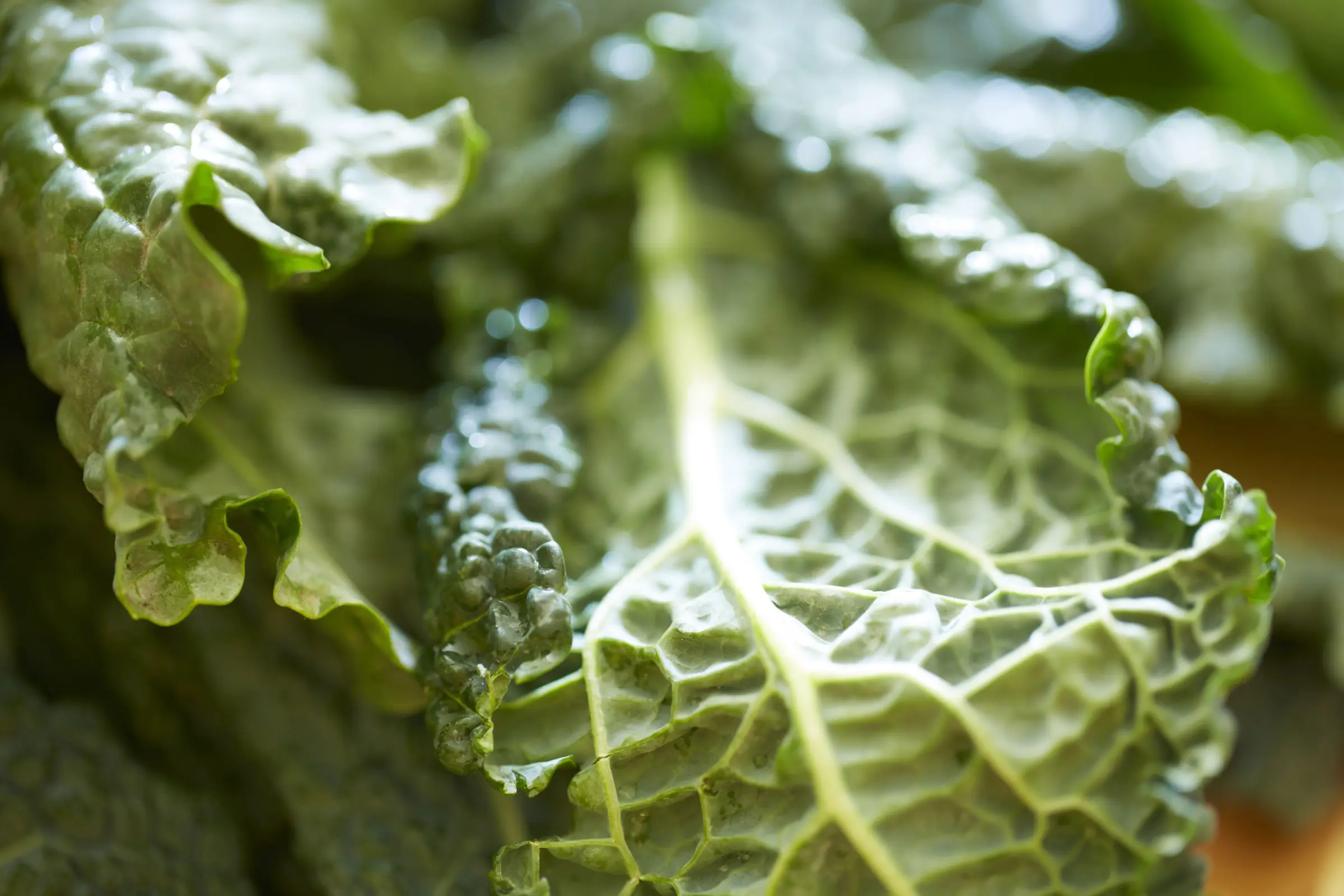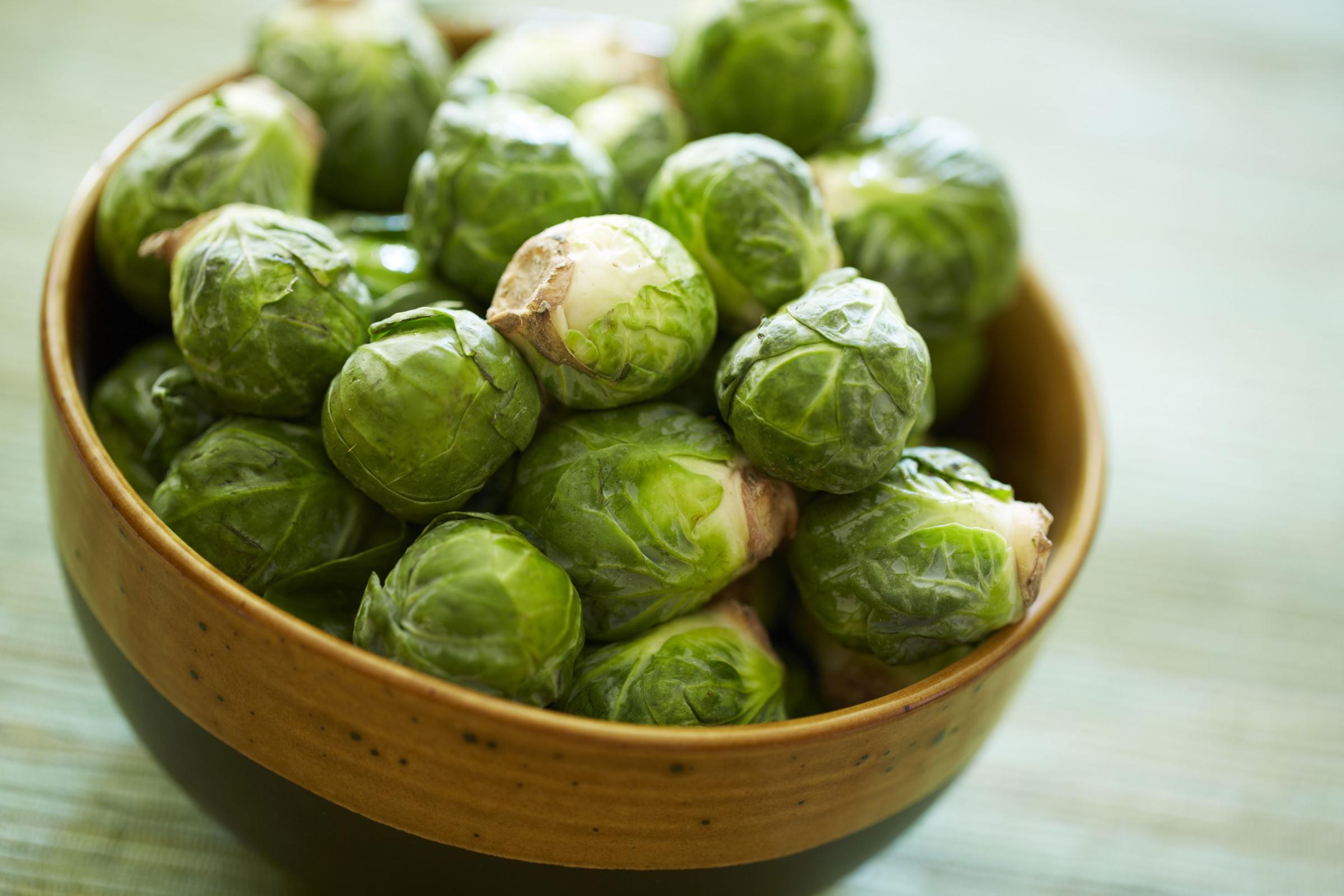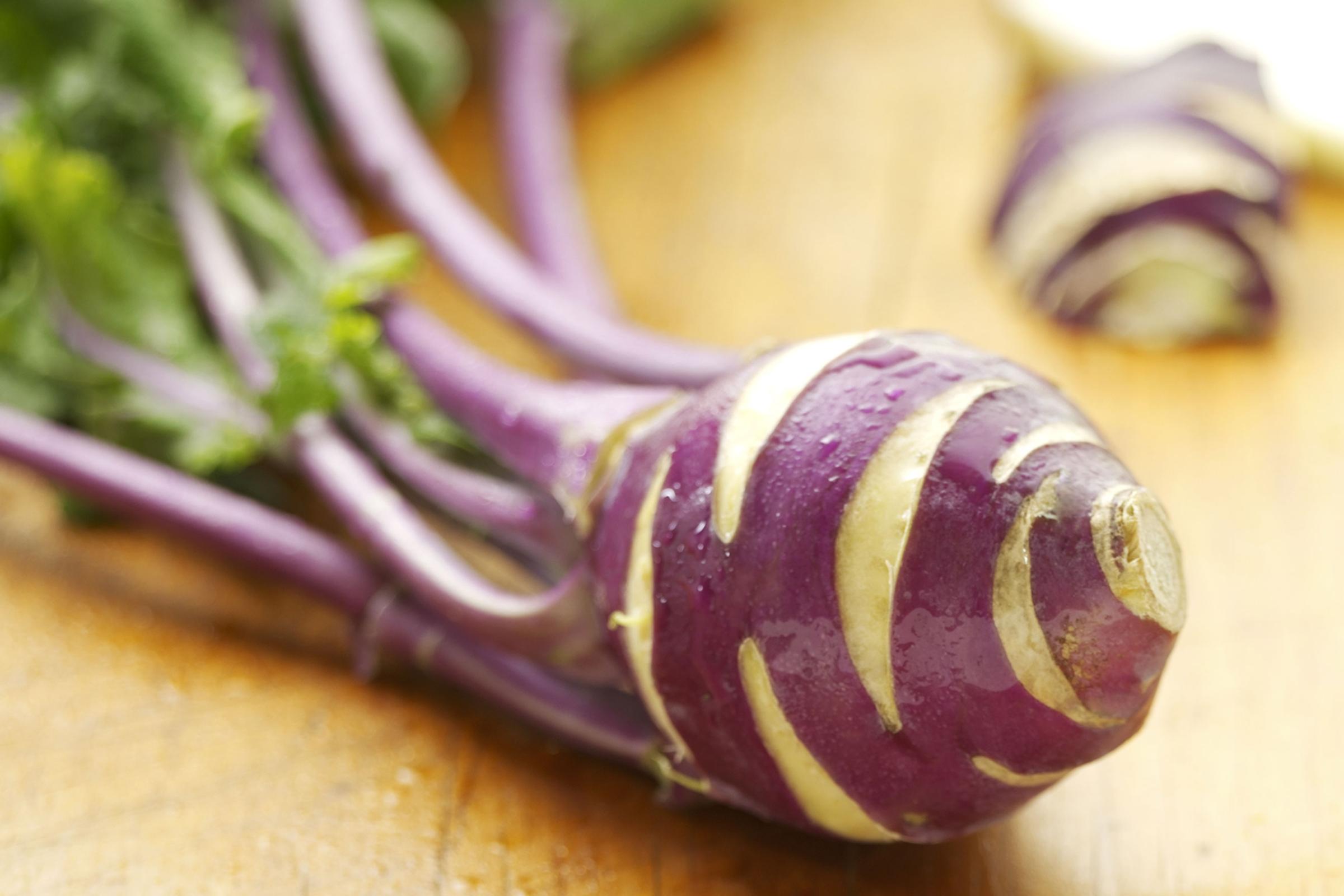
Certain items in your house practically scream “toss me” when their prime has passed. That mysterious extra white layer on the Cheddar? A sure sign it needs to be put out of its misery. Chunky milk? Down the drain it goes.
But what about that jar of olives or Maraschino cherries that has resided in your refrigerator since before the birth of your kindergartner? Or the innumerable nonedibles lurking deep within your cabinets and closets: stockpiled shampoo and toothpaste, seldom-used silver polish? How do you know when their primes have passed?
With help from experts and product manufacturers, Real Simple has compiled a guide to expiration dates. These dates are offered as a rough guideline. The shelf lives of most products depend upon how you treat them. Edibles, unless otherwise indicated, should be stored in a cool, dry place. (With any food, of course, use common sense.) Household cleaners also do best in a dry place with a stable temperature. After the dates shown, beauty and cleaning products are probably still safe but may be less effective.
Beer
Unopened: 4 months.
Brown sugar
Indefinite shelf life, stored in a moistureproof container in a cool, dry place.
Chocolate (Hershey bar)
1 year from production date
Coffee, canned ground
Unopened: 2 years
Opened: 1 month refrigerated
Coffee, gourmet
Beans: 3 weeks in paper bag, longer in vacuum-seal bag (after this time, color or flavor may be affected, but product is still generally safe to consume)
Ground: 1 week in sealed container
Coffee, instant
Unopened: Up to 2 years
Opened: Up to 1 month
Diet soda (and soft drinks in plastic bottles)
Unopened: 3 months from “best by” date.
Opened: Doesn’t spoil, but taste is affected.
Dried pasta
12 months
Frozen dinners
Unopened: 12 to 18 months
Frozen vegetables
Unopened: 18 to 24 months
Opened: 1 month
Honey
Indefinite shelf life
Juice, bottled (apple or cranberry)
Unopened: 8 months from production date
Opened: 7 to 10 days
Ketchup
Unopened: 1 year (after this time, color or flavor may be affected, but product is still generally safe to consume)
Opened or used: 4 to 6 months (after this time, color or flavor may be affected, but product is still generally safe to consume)
Maple syrup, real or imitation
1 year
Maraschino cherries
Unopened: 3 to 4 years
Opened: 2 weeks at room temperature; 6 months refrigerated
Marshmallows
Unopened: 40 weeks
Opened: 3 months
Mayonnaise
Unopened: Indefinitely
Opened: 2 to 3 months from “purchase by” date (after this time, color or flavor may be affected, but product is still generally safe to consume)
Mustard
2 years (after this time, color or flavor may be affected, but product is still generally safe to consume)
7 Foods That Taste Better Now Than They Will All Year







Olives, jarred (green with pimento)
Unopened: 3 years
Opened: 3 months
Olive oil
2 years from manufacture date (after this time, color or flavor may be affected, but product is still generally safe to consume)
Peanuts
Unopened: 1 to 2 years unless frozen or refrigerated
Opened: 1 to 2 weeks in airtight container
Peanut butter, natural
9 months
Peanut butter, processed (Jif)
Unopened: 2 years
Opened: 6 months; refrigerate after 3 months
Pickles
Unopened: 18 months
Opened: No conclusive data. Discard if slippery or excessively soft.
Protein bars (PowerBars)
Unopened: 10 to 12 months. Check “best by” date on the package.
Rice, white
2 years from date on box or date of purchase
Salad dressing, bottled
Unopened: 12 months after “best by” date
Opened: 9 months refrigerated
Soda, regular
Unopened: In cans or glass bottles, 9 months from “best by” date
Opened: Doesn’t spoil, but taste is affected
Steak sauce
33 months (after this time, color or flavor may be affected, but product is still generally safe to consume)
Tabasco
5 years, stored in a cool, dry place
Tea bags (Lipton)
Use within 2 years of opening the package
Tuna, canned
Unopened: 1 year from purchase date
Opened: 3 to 4 days, not stored in can
Soy sauce, bottled
Unopened: 2 years
Opened: 3 months (after this time, color or flavor may be affected, but product is still generally safe to consume)
Vinegar
42 months
Wine (red, white)
Unopened: 3 years from vintage date; 20 to 100 years for fine wines
Opened: 1 week refrigerated and corked
Worcestershire sauce
Unopened: 5 to 10 years (after this time, color or flavor may be affected, but product is still generally safe to consume)
Opened: 2 years
Air freshener, aerosol
2 years
Antifreeze, premixed
1 to 5 years
Antifreeze, concentrate
Indefinite
Batteries, alkaline
7 years
Batteries, lithium
10 years
Bleach
3 to 6 months
Dish detergent, liquid or powdered
1 year
Fire extinguisher, rechargeable
Service or replace every 6 years
Fire extinguisher, nonrechargeable
12 years
Laundry detergent, liquid or powdered
Unopened: 9 months to 1 year
Opened: 6 months
Metal polish (silver, copper, brass)
At least 3 years
Miracle Gro, liquid
Opened: 3 to 8 years
Miracle Gro, liquid, water-soluble
Indefinite
Motor oil
Unopened: 2 to 5 years
Opened: 3 months
Mr. Clean
2 years
Paint
Unopened: Up to 10 years
Opened: 2 to 5 years
Spray paint
2 to 3 years
Windex
2 years
Wood polish (Pledge)
2 years
Beauty Products
All dates are from the manufacture date, which is either displayed on the packaging or can be obtained by calling the manufacturer’s customer-service number.
Bar soap
18 months to 3 years
Bath gel, body wash
3 years
Bath oil
1 year
Body bleaches and depilatories
Unopened: 2 years
Used: 6 months
Body lotion
3 years
Conditioner
2 to 3 years
Deodorant
Unopened: 2 years
Used: 1 to 2 years
For antiperspirants, see expiration date
Eye cream
Unopened: 3 years
Used: 1 year
Face lotion
With SPF, see expiration date. All others, at least 3 years
Foundation, oil-based
2 years
Foundation, water-based
3 years
Hair gel
2 to 3 years
Hair spray
2 to 3 years
Lip balm
Unopened: 5 years
Used: 1 to 5 years
Lipstick
2 years
Mascara
Unopened: 2 years
Used: 3 to 4 months
Mouthwash
Three years from manufacture date
Nail polish
1 year
Nail-polish remover
Lasts indefinitely
Perfume
1 to 2 years
Rubbing alcohol
At least 3 years
Shampoo
2 to 3 years
Shaving cream
2 years or more
Tooth-whitening strips
13 months
Wash’n Dri moist wipes
Unopened: 2 years
Opened: Good until dried out
This article originally appeared on RealSimple.com.
More from Real Simple:
More Must-Reads From TIME
- The 100 Most Influential People of 2024
- Coco Gauff Is Playing for Herself Now
- Scenes From Pro-Palestinian Encampments Across U.S. Universities
- 6 Compliments That Land Every Time
- If You're Dating Right Now , You're Brave: Column
- The AI That Could Heal a Divided Internet
- Fallout Is a Brilliant Model for the Future of Video Game Adaptations
- Want Weekly Recs on What to Watch, Read, and More? Sign Up for Worth Your Time
Contact us at letters@time.com